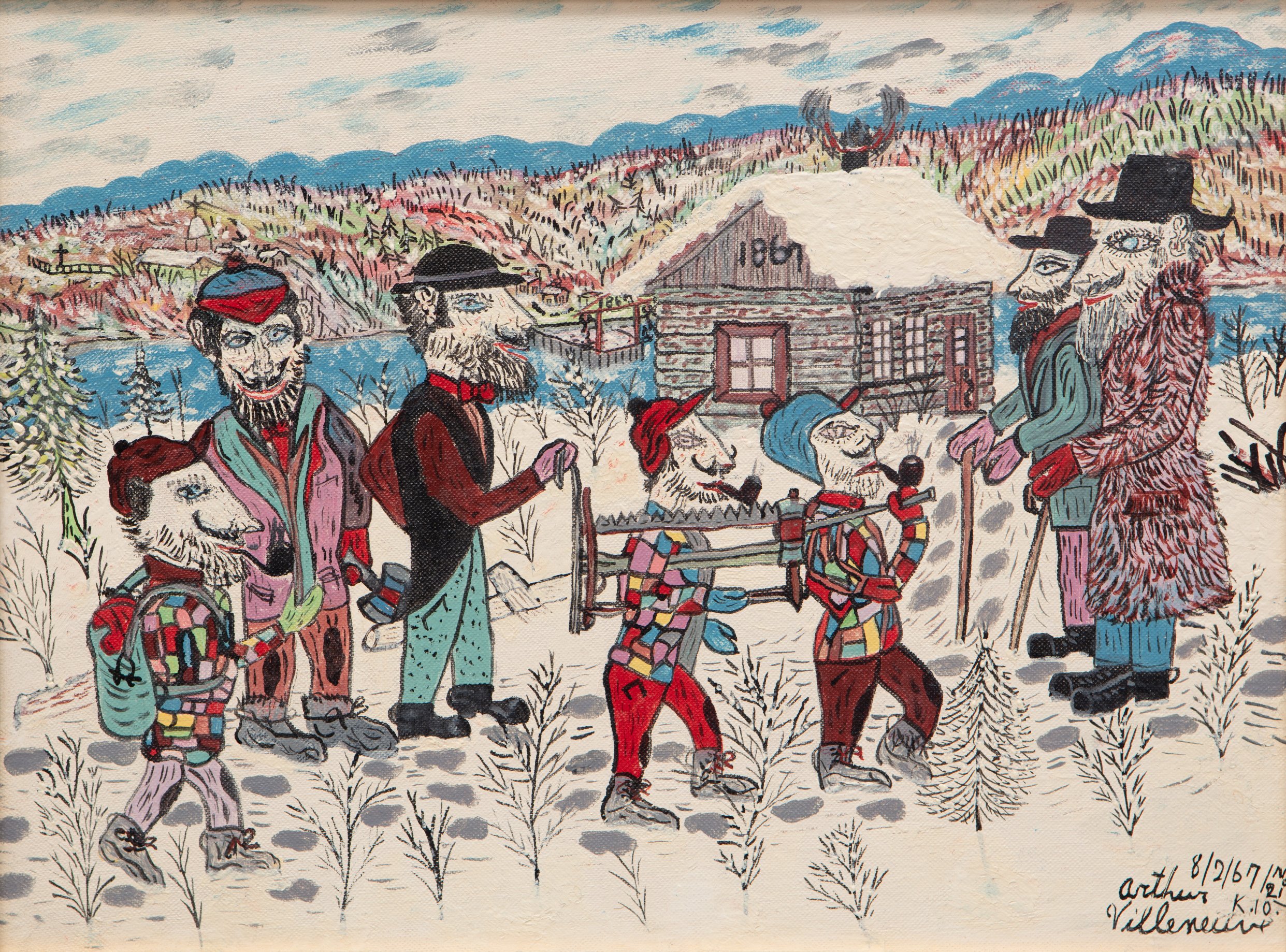Exploring three off-the-beaten-path museums in Quebec
Quebec is one of the most recognizable provinces in Canada. It has a rich history, impressive cultural heritage, and stunning landscapes. There are enough attractions for visitors, as people can travel through streets of Old Quebec and the grandeur of Montmorency Falls, while playing at online casino Pin Up or listening to favourite music tracks in the downtime. But an important thing should be said that there are hidden gems waiting for people who venture off the beaten path – a bunch of unique and lesser-known museums that give some incredible insights into the diverse cultural heritage of Quebec. Some valuable tips should be given to travelers to make sure they are going on a journey that offers the best experience in terms of amazing places not that many people know about.
Fascinating museum of Ingenuity J. Armand Bombardier
One of the first recommendations is to visit Valcourt – a small town in the Eastern Townships of Quebec. This is the Museum of Ingenuity J. Armand Bombardier. It pays tribute to the visionary behind the invention of the first-ever snowmobile. This place showcases the history of transportation, from the earliest models of winter vehicles to modern-era snowmobiles the company produces these days. A fascinating experience not only for car fans, but also for people who would like to learn a little bit more information surrounding the industrial landscape of the province.
La Pulperie de Chicoutimi
This museum can be found in the heart of the city of Saguenay, and it provides an opportunity to explore a rich history of the region and see some beautiful works of local artists. Located in a former pulp mill, the museum combines history and creativity, featuring exhibits that delve into the lives of the Saguenay-Lac-Saint-Jean people. It is also includes the home (inside the museum) and collection of artist Arthur Villeneuve.
Arthur Villeneuve's fate took an unexpected turn in April of 1957, when, after having had a mystical experience in which he receiving a sort of calling, he began covering the walls of his home with paintings and frescoes done in oil-based paint. The exterior of his home soon suffered the same fate. Villeneuve worked up to 100 hours every week on the project. Then, in 1959, when his house was finally painted from top to bottom in a most original fashion, he opened it to the public. Through his artwork, which is filled with both realistic depictions, as well as strange, often surprising figures, both human and animal, visitors were given a glimpse into the artist's soul. (source: www.ameriquefrancaise.org)
Villeneuve’s story and art is very much like that of one of Canada’s most famous folk artists Maude Lewis.
Museum of the Central Hospital of the Augustinian Convent of Quebec
The Museum of the Central Hospital of the Augustinian Convent of Quebec is found in a renovated 17th-century building that perfectly blends historical Quebec gray stone with bright contemporary glass and steel features. The museum collection comprises 40,000 artifacts from the local Augustinian nunnery (Monastère des Augustines) and its hospital, including a full historical nun's habit as well as centuries-old medical devices and other effects allowing visitors to delve into the complex history of this monastic order.
The Augustinian nuns first came to Quebec in 1639; practicing nurses, they healed the sick and encouraged the First Nations peoples to convert to Christianity. The hospital was originally established in the village of Sillery for the purpose of meeting the colony's healthcare needs, in 1637, by Marie-Madeleine de Vignerot, the Duchess of Aiguillon, who was a niece of Cardinal Richelieu (the one featured in “The Three Musketeers” by Alexandre Dumas). It was moved to its present location, in Quebec City, in 1644, prompted by repeated attacks by the Iroquois. Here, the hospital served the French colonists and eventually became a leading medical institution in the city, the first of its kind in Canada and indeed in North America.
The vaulted cellars that support its three-storey wings were built in 1695. Nearby, surrounded by the stone walls, is the Augustine cemetery, the garden, and the cloister. The hospital chapel, which opened in 1803, was extensively remodelled (both, the façade and the interior) in later years. In 1936, the building was designated a National Historic Site of Canada.
The hospital continued to be operated by the Augustinian sisters until 1962, by which time their number had dwindled, compared to the convent's heyday. Still, several of the nuns still live on the site even today.
Presently, the hospital operates as a teaching hospital, affiliated with Laval University's (Université Laval) medical school.
(Source: https://www.gpsmycity.com)
Last Word
In a province as diverse as Quebec, these off-the-beaten-path museums offer a deeper understanding of its history, culture, and innovation. So, the next time you are planning a trip to this charming region, consider stepping away from the well-trodden tourist spots and embark on a journey of discovery through these hidden cultural treasures. But be sure to pack some books, download movies on your smartphone to have something to do, while being on the road. This is going to be a thrilling ride, filled with unique stories, impressive artifacts and experiences that await only in these places.




